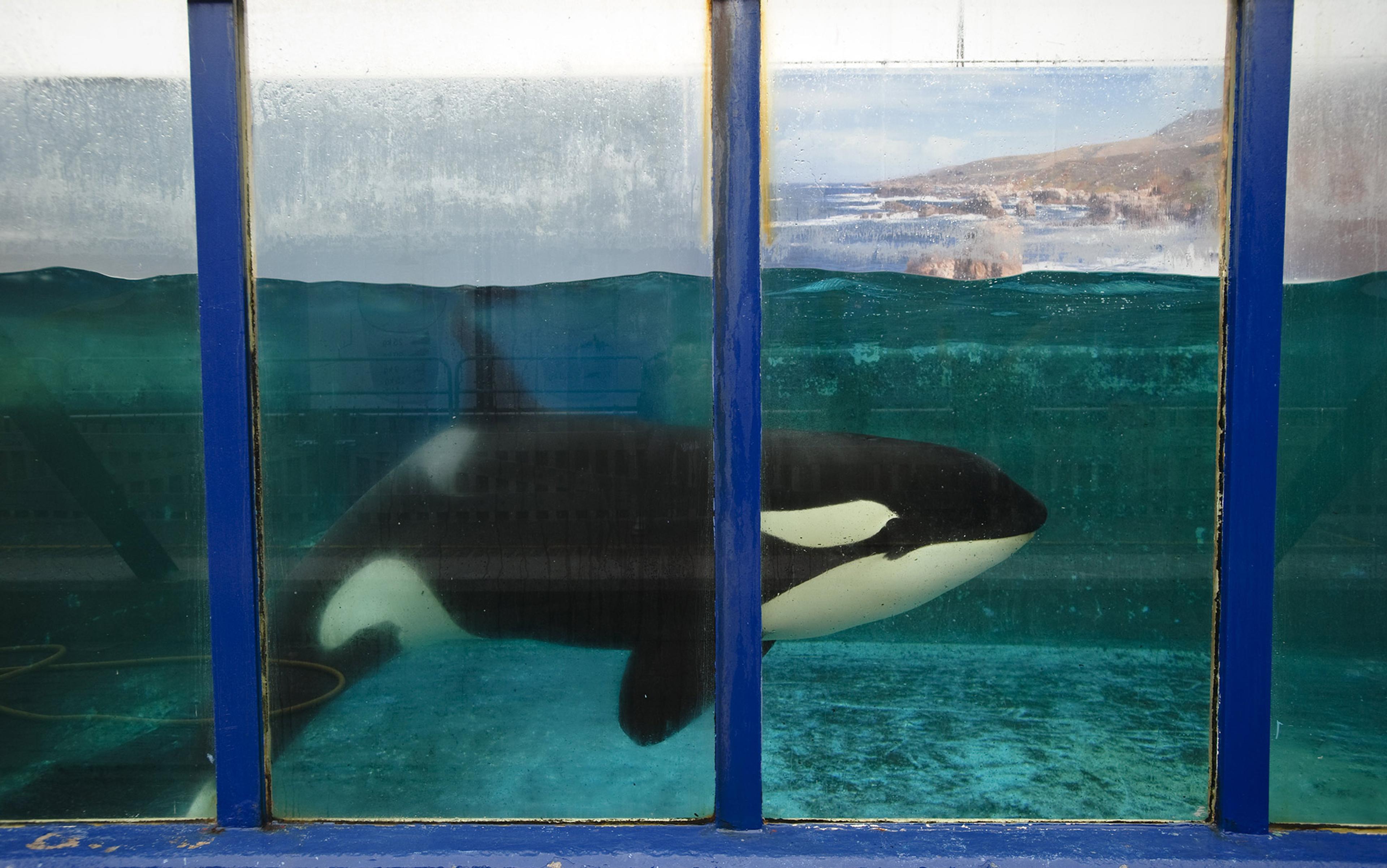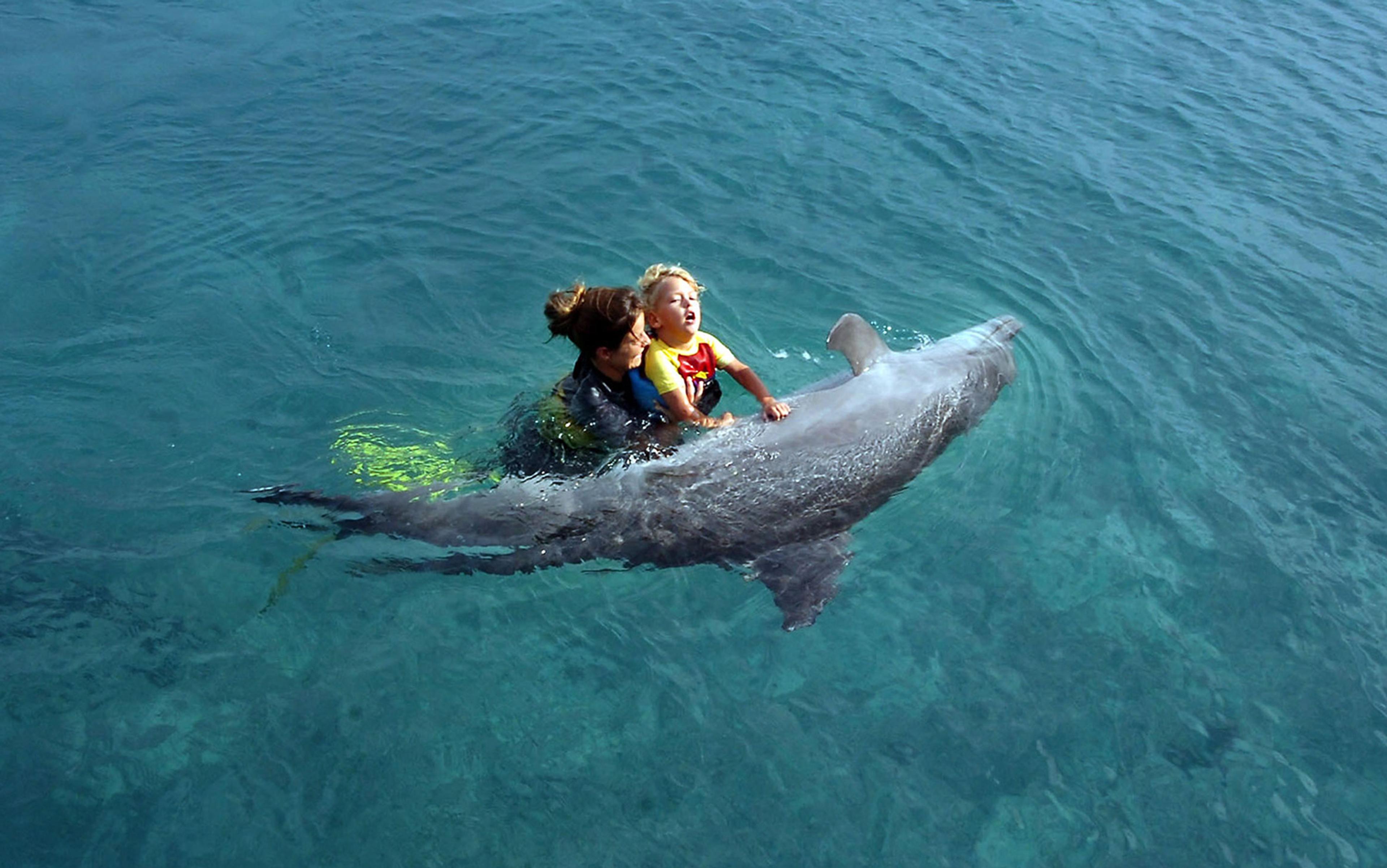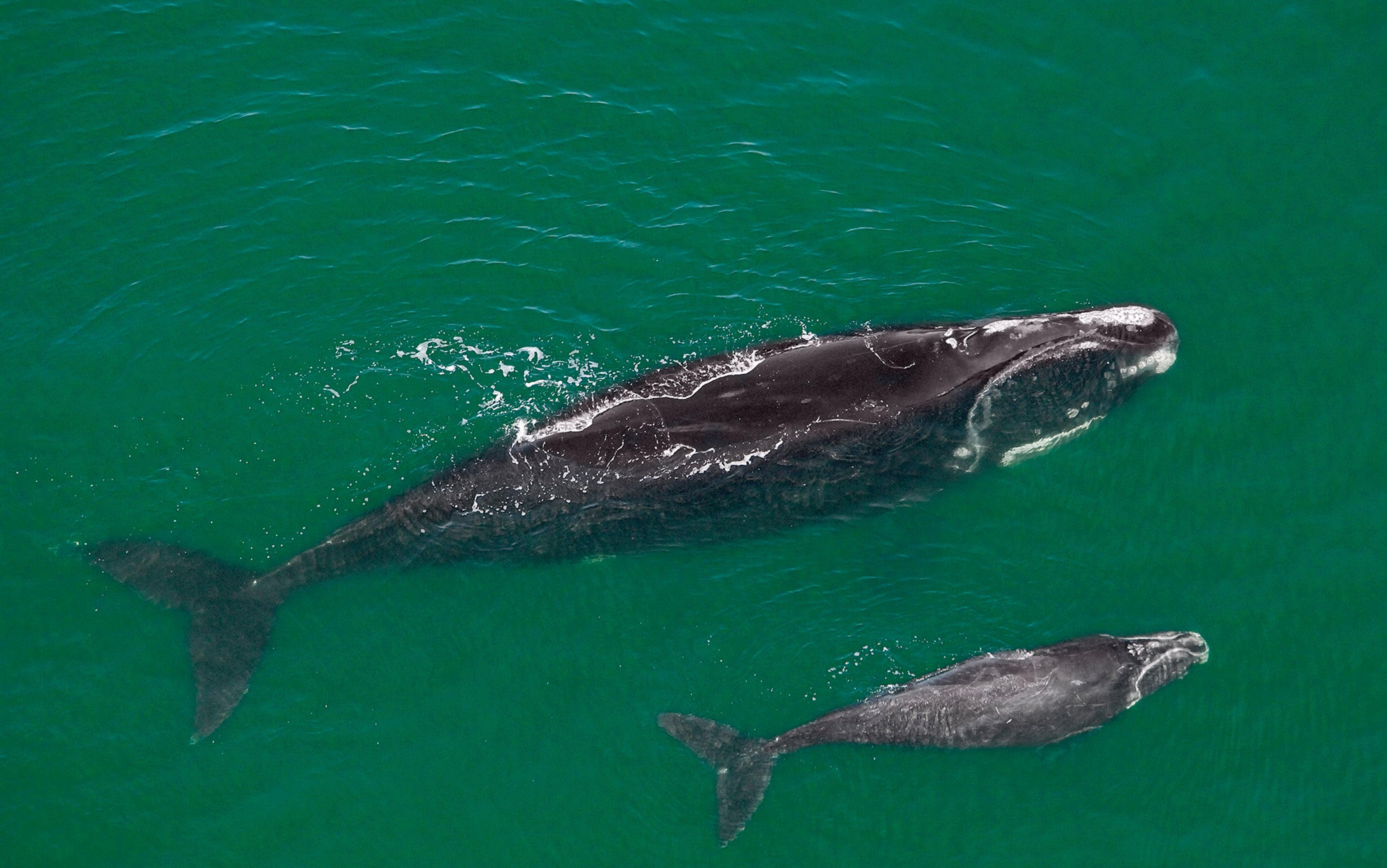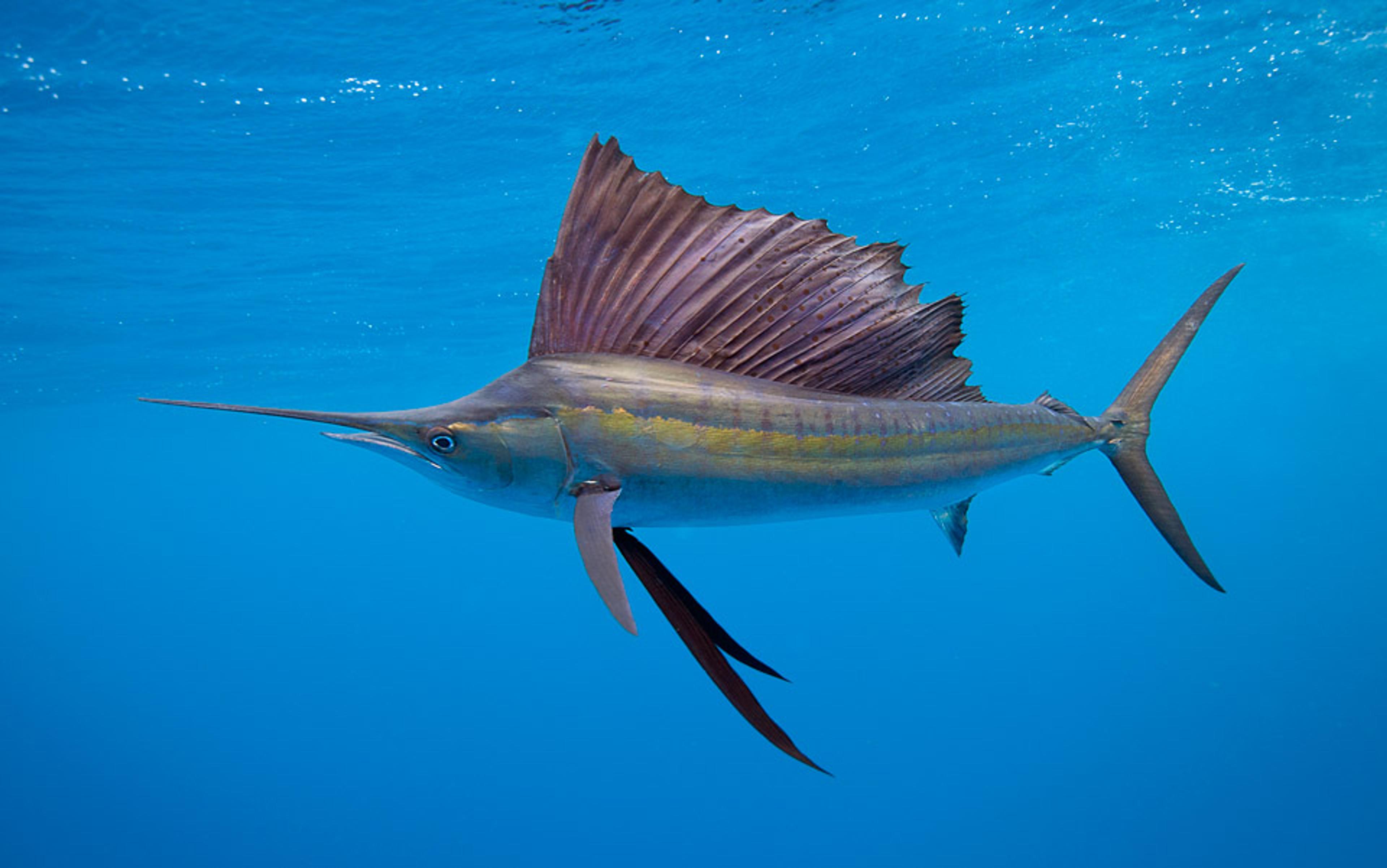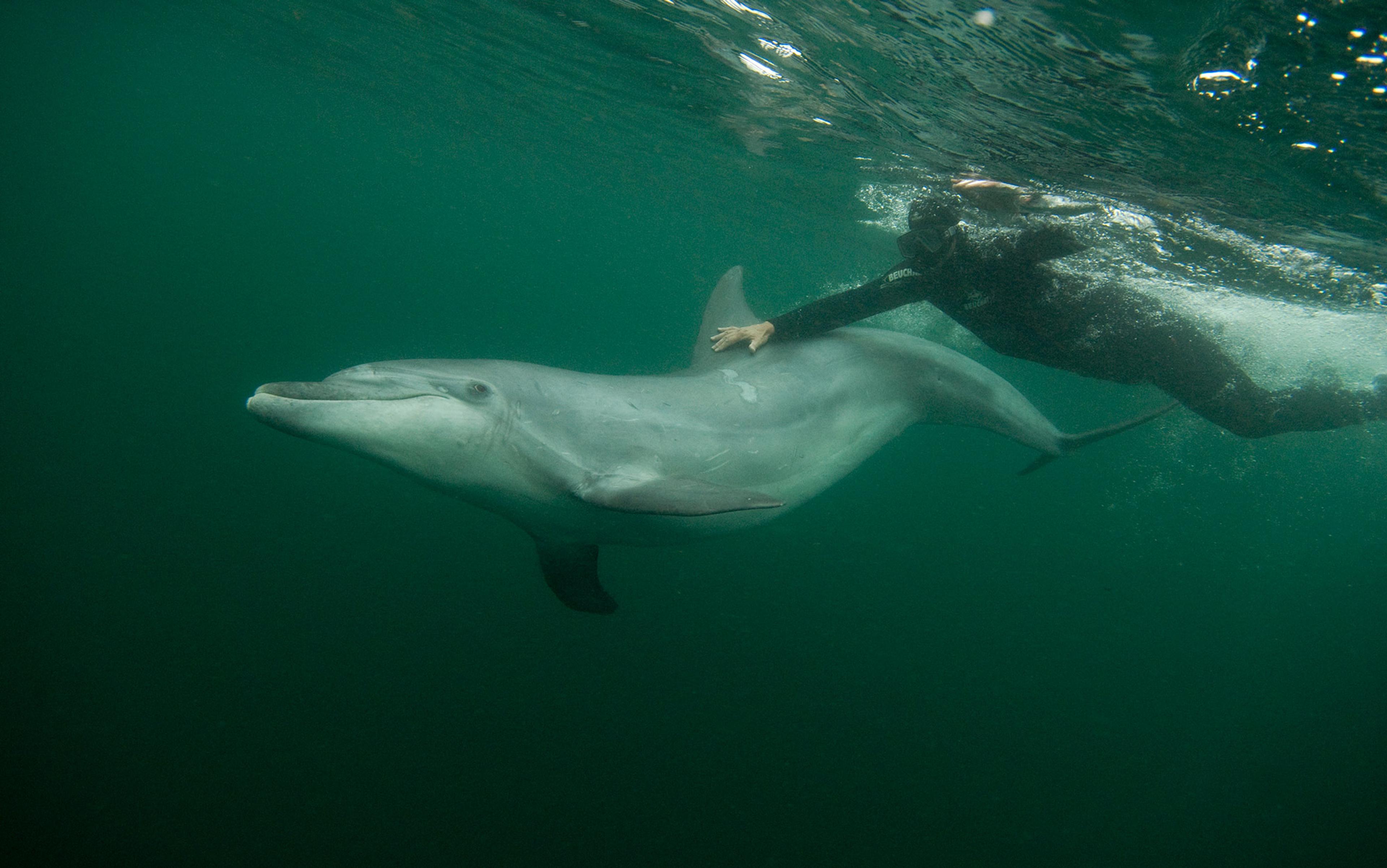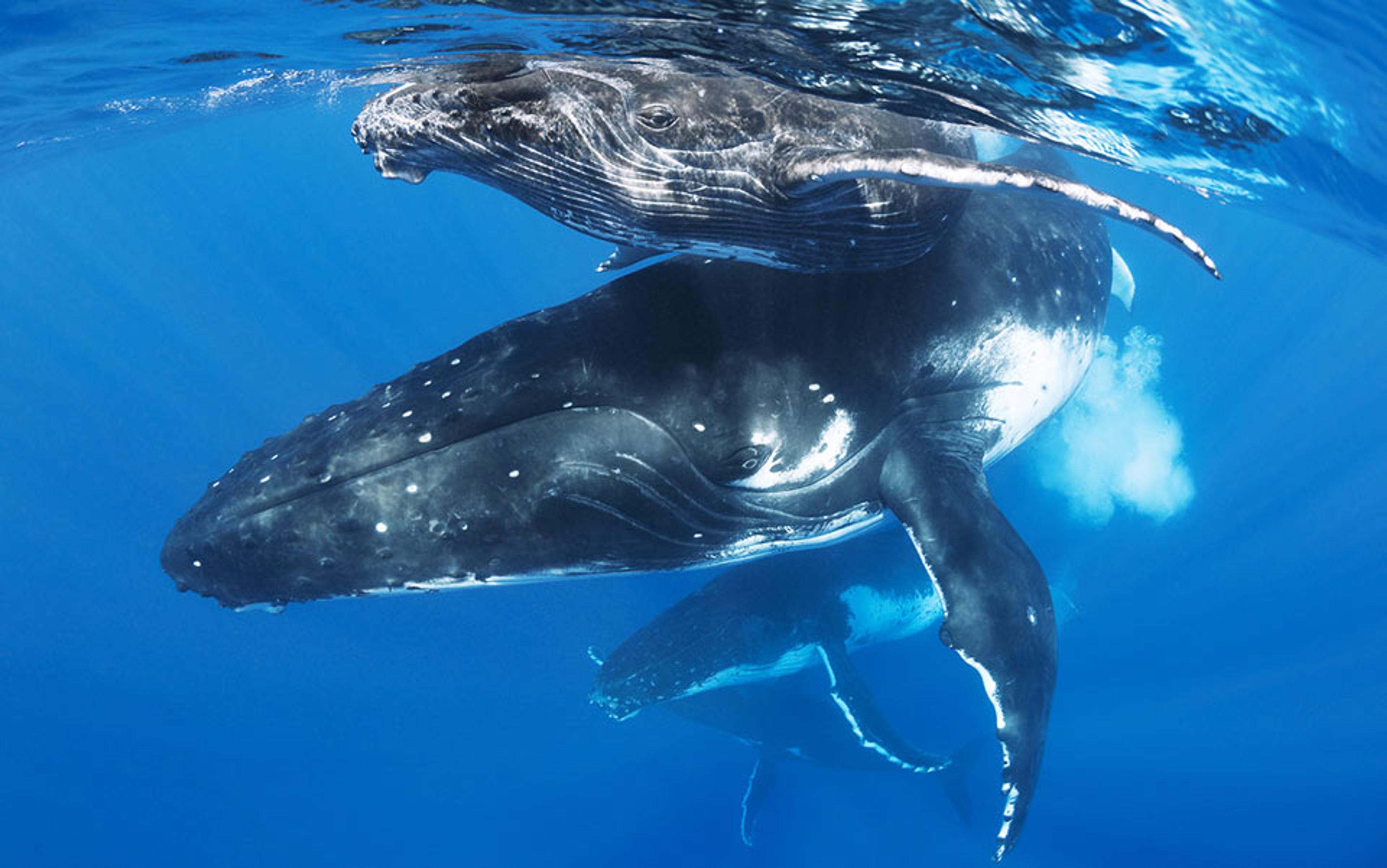Alone, the female orca, also known as a killer whale, circles her small, shallow tank stopping only to surface and open her mouth as trainers drop in dead fish. She thinks of a time when she shared her tank with her children. But they are long gone – all five having died in captivity by the age of seven. And she remembers her mother, from whom she was taken at the age of three, in waters off Iceland, to be put on display at an amusement park.
When a trainer provides a hoop or a ball, she might listlessly move it around for a few times before giving up. Her worn, flattened teeth are a result of years of gnawing on concrete sections of her tank out of frustration. This has been her life in a marine park on the east coast of North America for the past 38 of her 41 years.
Across the continent, in the summer of 2011, I joined a group of scientists, conservationists, former whale trainers, journalists and a filmmaker on San Juan Island in Washington state. We spent our days watching whales, giving presentations during the evening and socialising at the Center for Whale Research, which has been studying the local orca population for almost 50 years. I gave a talk on whale brains and intelligence.
The filmmaker Gabriela Cowperthwaite was interviewing some of us for a movie she was making that was, unbeknown to us at the time, going to be a watershed for the cetacean captivity industry – Blackfish (2013), about the orca Tilikum, who had killed his trainer Dawn Brancheau at SeaWorld Orlando the previous year. And the author David Kirby was interviewing members of the group for the book he was writing about the same incident, Death at SeaWorld (2012), which is scheduled to be a 10-part television series in 2022.
On day three of our trip to San Juan Island, we joined an expedition of whale watchers hoping to see the local orcas known as the Southern Resident killer whales – a community of three pods, J, K and L, each led by a matriarch. We turned off our motor and waited, drifting in the ocean, never expecting the honour about to be bestowed on us.
Suddenly, out of the blue, we saw a tall dorsal fin, and then another and another, until we realised that we were surrounded by orcas! It was a superpod! About once a year, the three pods come together (in a superpod) to frolic and play in a celebration of life, and we happened to be on the water that very day to witness it.
And, as if our luck couldn’t get any better, the elderly matriarch from the J pod, known as Granny, approached our idling boat as if to offer a greeting and acknowledgement of our presence. Then the majestic female – who might have been 100 years old – rejoined the rest of the orca party.
But even during this joyous reunion of whales, our thoughts drifted to another female whale – the last-remaining missing member of this tight-knit community – who was captured in 1970 by the marine park industry in the infamous Penn Cove, Washington, and who languishes thousands of miles away in a concrete tank only four times as long as she is.
Although it has been 50 years since she and her family swam together, if you play the calls of her pod to her, she cries out in her concrete tank trying to make a connection across the void. She too had an orca companion, but he perished in 1980 when he bashed his head into the side of the tank repeatedly until he died of a brain aneurysm. She performs for a small audience while sharing her tiny tank with two white-sided dolphins, her only companions for decades.
The free-ranging orcas I’ve come to know are palpably intelligent and have lives to lead
And around the same time as our meeting on San Juan, halfway across the globe on another continent, yet another female orca was being transferred from a shallow holding tank to an entertainment park where she is currently forced to perform with five other orcas, including her daughter, who was born in 2018. To this day, she strives to raise her child in a tank where there is no room to get away from an aggressive male who is confined there with her and who killed his trainer in 2009. (She has, in the past, hauled herself out of the water and onto the tank-side concrete just to get away from him.) Under natural circumstances, she would have enjoyed years of living with her family in the ocean and learning how to be the best mother she could be with the support of her own mother and older sisters. Instead, in captivity, she struggles to understand and learn what is needed to keep her child alive in the crowded tank.
These are the true experiences of three adult orcas who currently live at three different marine parks in North America and Europe. Their stories aren’t unusual and echo the tragedy of captive male and female orca lives in amusement parks across the globe.
Those days, and subsequent trips to San Juan Island, revealed something very important about who orcas are. I had studied their brains and evolution, but had only seen them live in tanks at places like SeaWorld. It wasn’t until I was able to witness them in their own environment, doing what they wanted to do, that I came to understand who they are. The free-ranging orcas I’ve come to know in the San Juan Islands are palpably intelligent, have lives to lead, and live those lives for the sake of each other. Humans are an afterthought.
I’ve had the same kind of perspective-shifting experience seeing bottlenose dolphins in the wild for the first time. There’s something so unburdening and freeing about seeing dolphins and whales on their own terms and, once experienced in this way, it’s felt – in one’s bones – that their lives in tanks are highly distorted versions of reality.
Orcas (Orcinus orca) are members of the suborder Odontoceti (‘toothed whales’) who, along with members of the second suborder Mysticeti, comprise the modern order Cetacea. Most people are surprised to find out that they are large dolphins, members of the Delphinidae family to which bottlenose dolphins and 36 other species belong. They have exquisitely adapted to life in the ocean over 50 million years to become one of the most intelligent and socially complex mammals – indeed, top predators – on the planet.
In the natural environment, orcas spend a lot of their time socialising and travelling from 35 to 75 miles a day in close-knit family groups called pods. Pods are embedded in a larger community held together by strong cultural traditions. The cultures of orcas across the globe are varied, complex and unique to each group; from ways of hunting to specialised diets and dialects, all these elements of culture are passed on from one orca generation to the next through learning.
Orcas have one of the most elaborated brains on the planet, with its weight close to 2.5 times greater than expected for their adult body size and with more surface area devoted to neocortical functions (higher-order cognition) than human brains. And the area of mammalian brains that’s most involved with processing emotions, called the limbic system, is also highly developed in orcas, and has strong connections to other parts of the brain through a paralimbic lobe. This complex brain supports a sophisticated intelligence, which comes into play to learn and remember important information over an extended juvenile period and enables them to become thriving members of a free-ranging orca society.
Orca brains and bodies have evolved to flourish in a complex, free-ranging sociocultural milieu. When they’re prevented from having this experience, as they are in display tanks where they’re forced to live in highly artificial circumstances, the result is chronic stress. By definition, stress is the effect of living in disequilibrium – outside of one’s adaptive comfort zone, if you will. Marine park proponents claim that life is less stressful for captive orcas than for free-ranging ones, but they aren’t recognising that orca thriving means being exposed to the complexity, variability and even the risks and challenges associated with a life in the ocean. For an orca, an ‘easy’ life, where there are no challenges and nothing to do but perform tricks, is a stressful one.
All mammals, including orcas and other cetaceans, mount a stress response through the same brain structures and mechanisms known as the hypothalamic-pituitary-adrenal (HPA) axis, which releases a cascade of hormones to the rest of the body. When a threat is detected, corticotropin-releasing hormone is released from the hypothalamus (a structure located on the ventral side of the brain), causing the release of adrenocorticotropic hormone from the pituitary gland and, in turn, the release of glucocorticoids from the adrenal glands (parts of the endocrine system that sit atop the kidneys). The main glucocorticoid involved in this response is cortisol, known as the ‘stress hormone’. Cortisol release has several effects on the body that prepare an organism for fight or flight, and one of the most relevant is temporary suppression of the immune system. But this response evolved to allow organisms to cope with acute, short-term stresses that resolve quickly, and return the body to stability, or homeostasis – not the chronic, long-term stress of life in a concrete tank.
The HPA response is evolutionarily conserved. That is, it’s shared across all mammals for the simple reason that it works very well for emergencies. Therefore, it has remained virtually unchanged throughout the course of mammalian evolution. (Don’t fix what ain’t broken!) But when this response is triggered frequently or in a prolonged manner, in which the body never resets to homeostasis, cortisol has a harmful effect. These well-documented effects include shrinkage of brain tissue, cognitive deficits and immune-system dysregulation leading to increased susceptibility to opportunistic infections. For captive orcas, living outside of one’s adaptive zone, in a concrete tank, is a constant stress that never eases.
The environment is so lacking in texture or novelties that orcas experience a kind of sensory deprivation
What are the chronic stressors experienced by orcas living in marine parks? Several colleagues and I identified five in our recent study: lack of adequate space; insufficient social support; unnatural acoustic environment; boredom; and loss of autonomy. Studies have shown that the stress of confinement to a small space in naturally wide-ranging mammals, such as orcas, can be severe and result in both mental and physiological harms. Orca tanks are usually only 100-140 feet long and 25-35 feet deep, a minuscule fraction of the horizontal distance and depth needed to meet their physical needs, inter alia, a range of natural movements, postures and behaviours of an animal who grows to an adult length of 16-26 feet and weight of 3-8 tonnes.
As highly social mammals, orcas depend upon strong and long-lasting social relationships for their proper development and mental resilience throughout life. The lifelong mother-calf bond is particularly critical. Wild-caught orcas in captive facilities suffer the trauma of maternal separation early in life as most are captured when they’re very young. Not uncommonly, mothers and calves, and other family members in the tanks, are separated due to business decisions that result in frequent transfers in and out of various facilities. They carry these insults throughout their captive life and often aren’t prepared for parenting in the tanks when they become pregnant (many through artificial insemination). The result is, not infrequently, social isolation, failure to nurse and a perpetuation of poor parenting skills down the captive generations. Moreover, the confinement prevents the natural coping mechanism of dispersal during conflict and increases social tension, sometimes resulting in a level of physical aggression not found among whales in a natural setting.
The issue of acoustic stress for orcas in marine parks is paradoxical. On the one hand, there are sources of human noise from crowds, amusement park rides, motors, generators, etc that overwhelm the sensitive auditory systems of orcas. On the other hand, the environment is so sparse and so lacking in texture or novelties that they experience a kind of sensory deprivation, with little need for their exquisite echolocation system to explore their predictable and austere surroundings.
The fourth and fifth chronic stressors – boredom and lack of control – are particularly harmful to an animal who is highly intelligent, socially complex and autonomous. Boredom is a deeply unpleasant state resulting from lack of stimulation, challenges, variety and novelty. Chronic boredom is expressed as impaired attention, listlessness (known as ‘logging’ on the surface of the water for long periods of time) and ‘stereotypies’, repetitive self-stimulatory behaviours that are often self-injurious as well. More than 60 per cent of captive orcas in the United States and Spain exhibit dental damage from long-term grating of their teeth on hard surfaces. Extensive tooth damage leaves them highly susceptible to systemic infections. In addition to monotony, their lack of the ability to control these circumstances adds independently to the chronic stress of captive orcas. Orcas in tanks can’t control who they’re in the tanks with, when they’re required to perform or where in the tanks they can be (eg, the holding pool or performing tank). Nor can they control when trainers and other humans interact with them for husbandry and veterinary procedures. All of these stressors have, in many other captive mammals, led to a well-known psychological syndrome called learned helplessness. The lack of motivation, anorexia and illness that characterise this syndrome are observed in captive orcas.
The impacts of chronic stress on orcas fit well within the larger picture of how chronic stress affects mammals of all kinds, including humans. These include behavioural dysregulation in the form of stereotypies (as exemplified by the tooth wear described above), self-harm, hyper-aggression, poor parenting, and immune system dysfunction, which increases vulnerability to opportunistic infections such as bacterial and viral pneumonias, encephalitis and meningitis, gastric disease and candidiasis, to name a few. The results are lower survivorship rates for orcas in tanks versus healthy free-ranging populations. Very few captive orcas live past the age of 30, whereas in the wild they can live for 60 to 100 years or more – the Southern Resident Granny was estimated (but not confirmed) to be 105 years old when she died. Whether she was indeed 105 or closer to 90 years old, she far exceeded the lifespan of the oldest captive orca. When one considers that, in marine parks, orcas are fed daily, have no predators, are under the care of veterinarians, and are in a controlled, sanitised aquatic environment, there’s little left to fall back on as a reason for their short, unhealthy lives in the tanks – except the effects of chronic stress.
Currently, there are reportedly more than 3,000 dolphins, whales and porpoises held in marine parks around the world. In North America alone, there are 22 captive orcas. And while SeaWorld has agreed to stop breeding orcas, they still hold 20 on display in concrete tanks. The number of additional captive orcas globally is at least 40, but records aren’t readily available in many other countries. Some countries still capture orcas from the wild, and the number who perish in the process of being captured and transported to marine parks is unknown. Russia and Japan reportedly hold three and seven orcas, respectively. But it’s China that has become the flashpoint for orca captivity as best estimates suggest that they hold more than 18 wild-caught orcas in their growing marine-park industry.
As of January 2019, approximately 954 cetaceans, from at least 12 species, were being displayed in Chinese facilities, with most of these originally captured from the wild and imported from Japan and Russia. In the biggest whale rescue in history, the Whale Sanctuary Project and Russian animal-protection groups worked with the Russian government to return to the ocean 10 orcas (and 87 beluga whales) who had been captured illegally in Russian waters for sale to China. At the end of 2019, the last group of whales were released and what was known, throughout the world, as the Russian ‘whale jail’ was closed. China currently has close to 80 marine entertainment parks and shows no sign of slowing, as the Chinese public is now demanding the same forms of entertainment available for decades in the West.
Despite the growing problem in Asia and a few other places, there has been progress in other parts of the world. Canada leads the global movement to end orca and cetacean captivity with the passing of Bill S-203 in 2019 banning the display and breeding of cetaceans in tanks for entertainment. In Canada, there are only two marine parks with cetaceans and one of them, the Vancouver Aquarium, is considering transferring its last cetacean, Helen, a white-sided dolphin, to a facility in the US where she can have companions. The other, MarineLand in Ontario, holds more than 50 beluga whales, one orca and five bottlenose dolphins, among other marine mammals – all ‘grandfathered in’ before the passing of S-203. Recently, France’s environment minister announced a gradual ban on keeping dolphins and whales in captivity in marine parks. Over the next few years, four orcas and several bottlenose dolphins will be relocated. Other countries, such as India and Belgium, have followed similar trajectories.
Therefore, in a global version of whack-a-mole, the situation for orcas and other cetaceans continues to be in flux. Despite the increasing public sentiment opposed to keeping orcas on display and the progress made in phasing out this practice, there are still many facilities throughout the Americas, Europe and Asia that continue to capture, breed and confine orcas and other cetaceans to concrete tanks for entertainment.
There is a paradigm-shifting solution that has been in place for many other captive wild animals – sanctuary
It would seem that the ready answer to the problems that orcas endure in marine parks is to set them ‘free’. But the situation is much more complex than that. Orcas, like humans, depend upon a long juvenile period in a natural environment in the company of their family and social group in order to learn how to survive. Those born in captivity never learn these critical life lessons and, thus, ironically, would likely perish if released into the open ocean.
So, while we can’t simply end cetacean captivity overnight, we can do so in stages by shifting the paradigm, ie, the perception of orcas and other cetaceans in the minds of the public from one that promotes objectification and exploitation to one that encourages an authentic understanding and respect for them on their own terms, as wild animals who are highly intelligent, autonomous, socially complex mammals who thrive in the ocean.
And there is a paradigm-shifting solution that has been in place for many other captive wild animals – sanctuary. A wildlife sanctuary is a place where the wellbeing of the residents is the top priority and where they’re afforded an opportunity to flourish in a natural environment that encourages species-specific natural behaviour. Sanctuaries exist for elephants, big cats, bears, great apes and many other wild animals.
There is now a growing global movement to shift the paradigm for captive orcas and other cetaceans. And that is why, in 2016, I founded the Whale Sanctuary Project, a US-based nonprofit organisation whose mission is to create a permanent seaside sanctuary for captive orcas and beluga whales. Today, in 2021, we’re on our way towards creating a 100-acre netted sanctuary area in Port Hilford, a beautiful bay on the eastern shore of Nova Scotia in Canada. The space we will offer is more than 300 times the size of the largest display tank in the world, and the residents will enjoy not only space but a natural environment that resonates with the needs of their large brains and complex minds. And they will be able to exercise their autonomy for the first time in their lives – all while receiving the care and sustenance that they require.
There aren’t yet enough sanctuaries to house all of the 3,000 cetaceans currently forced to live in small concrete tanks around the world, but the more that come into existence, the more they will become the alternative to concrete tanks. Back to nature!
